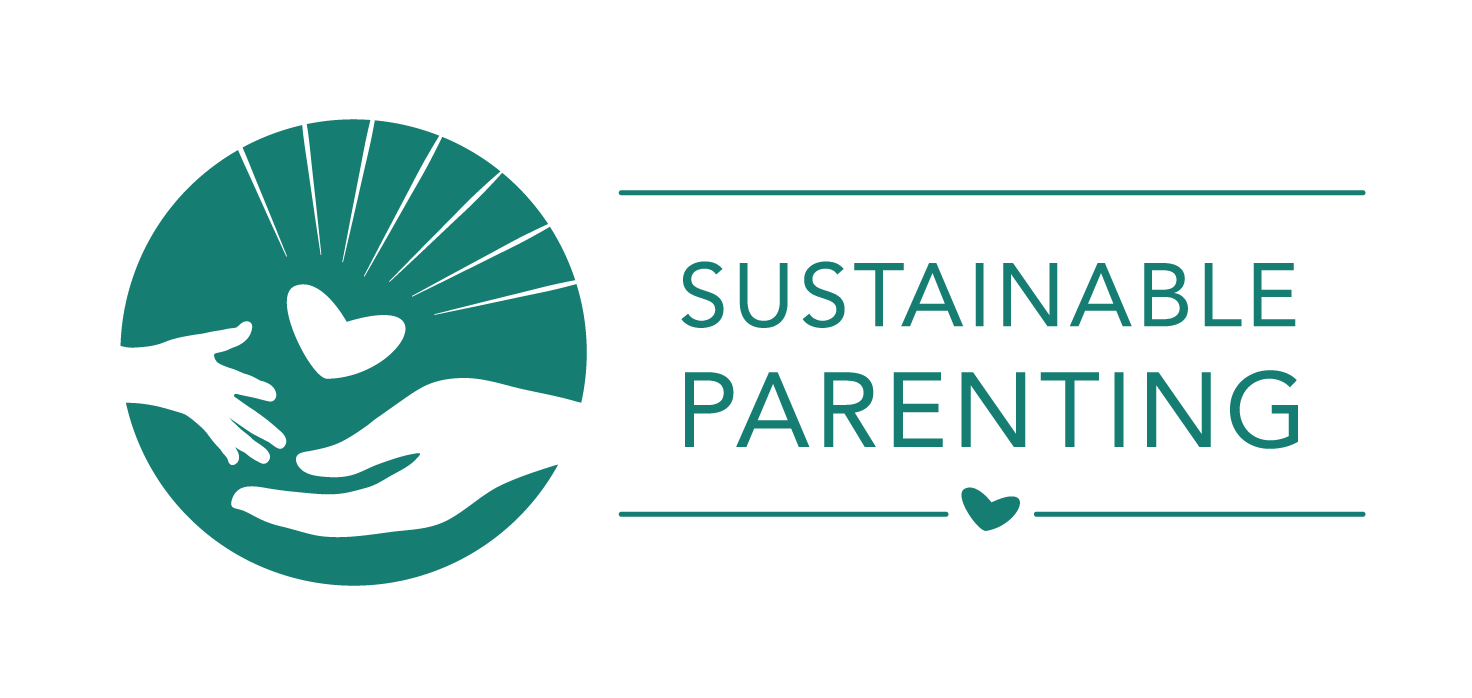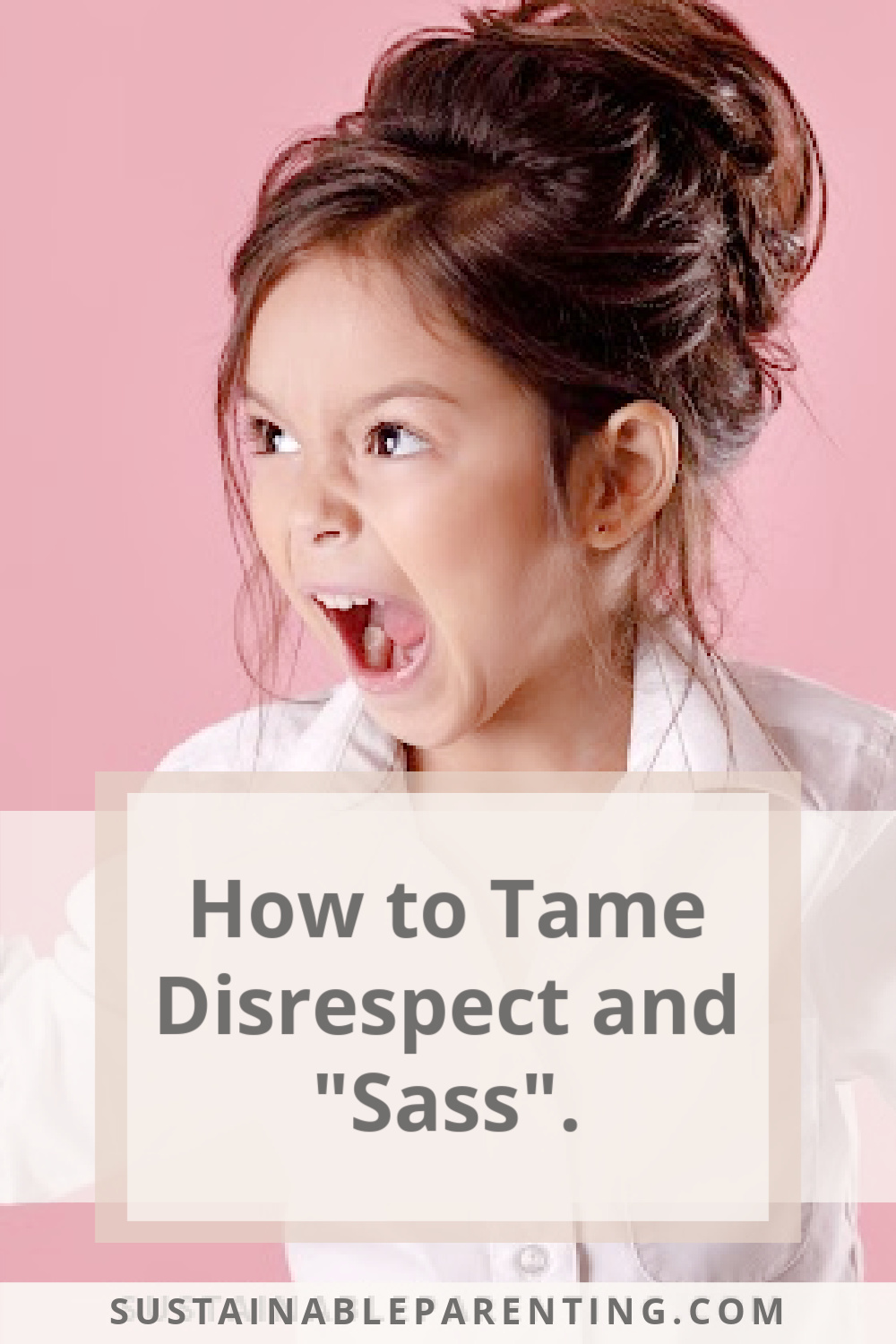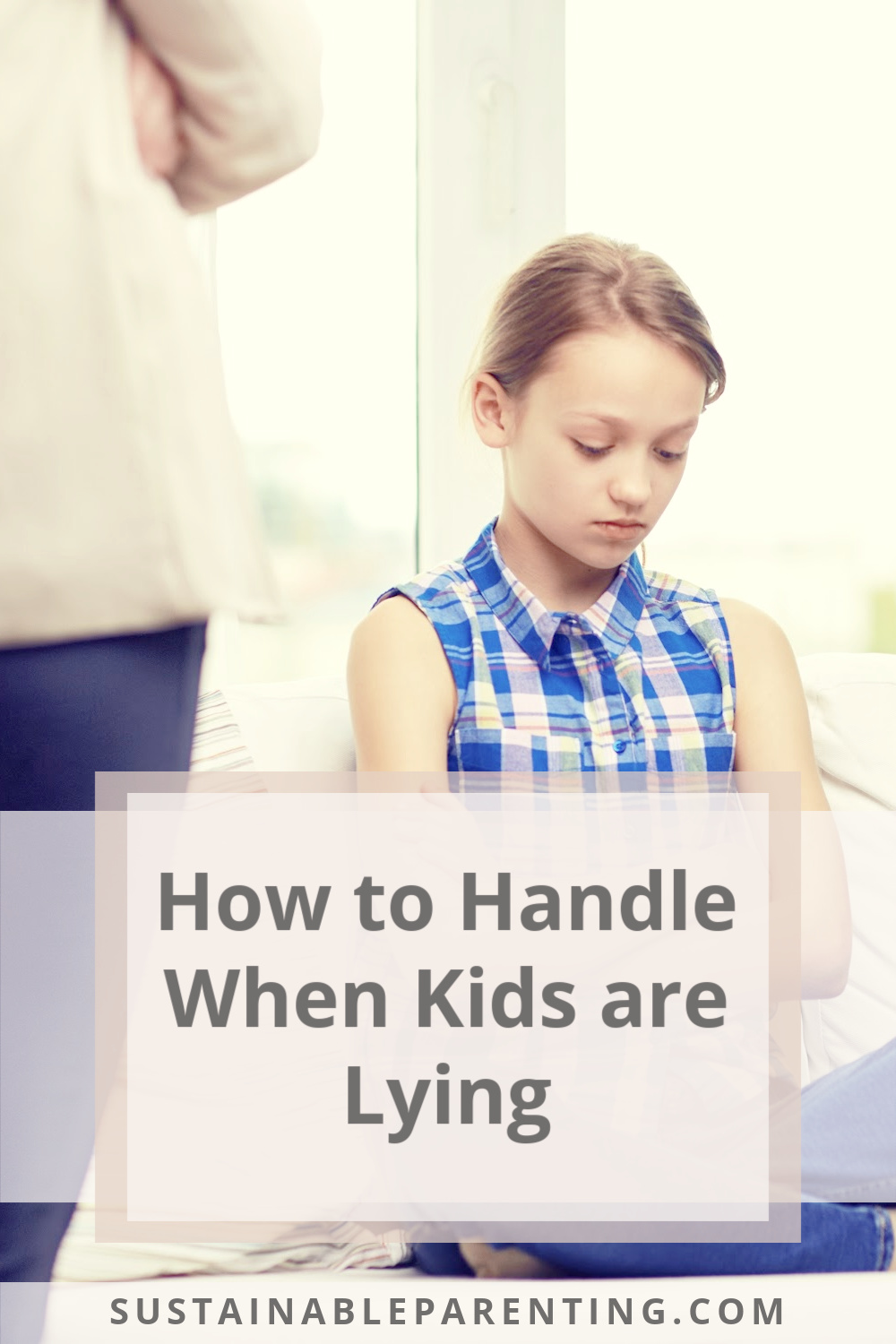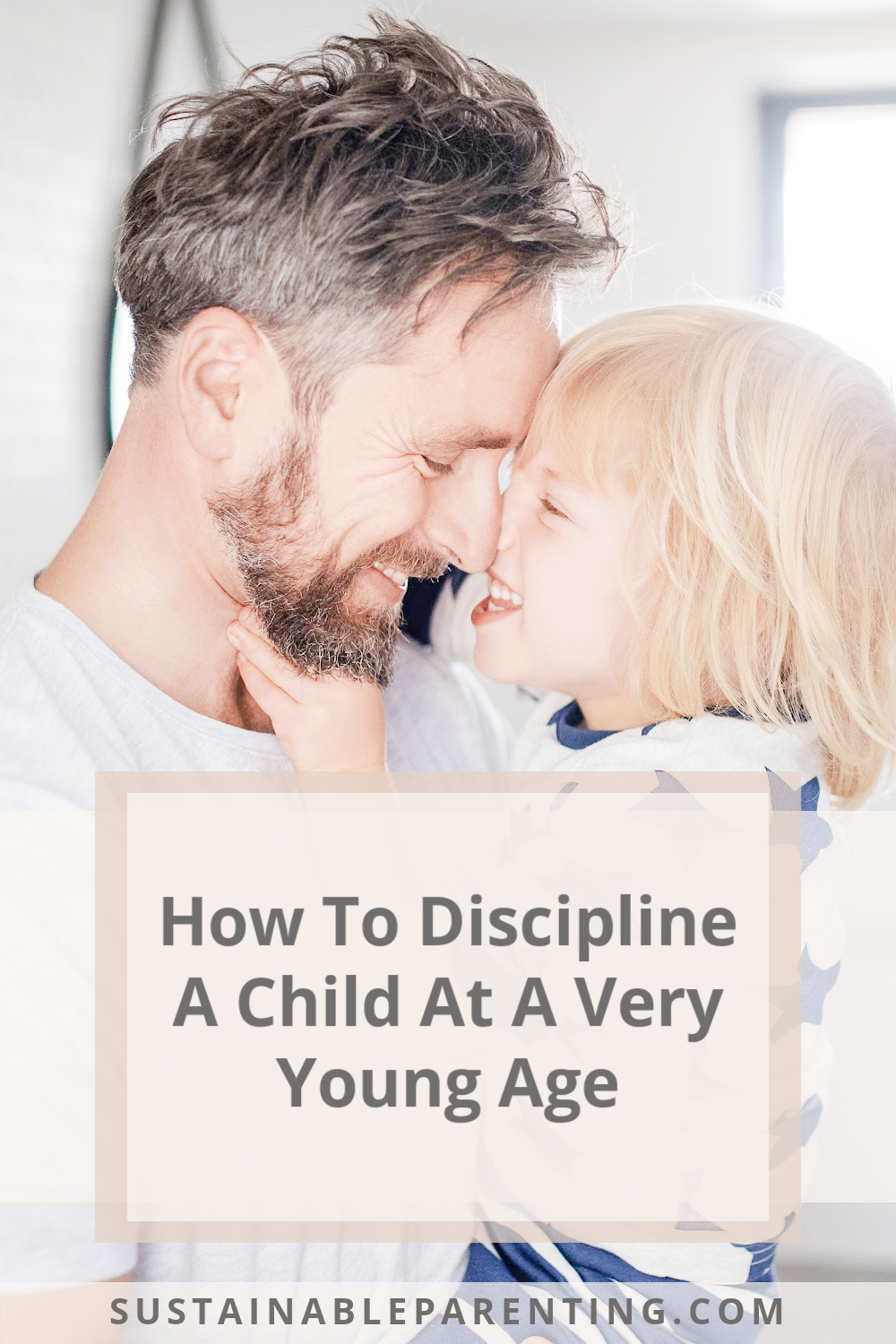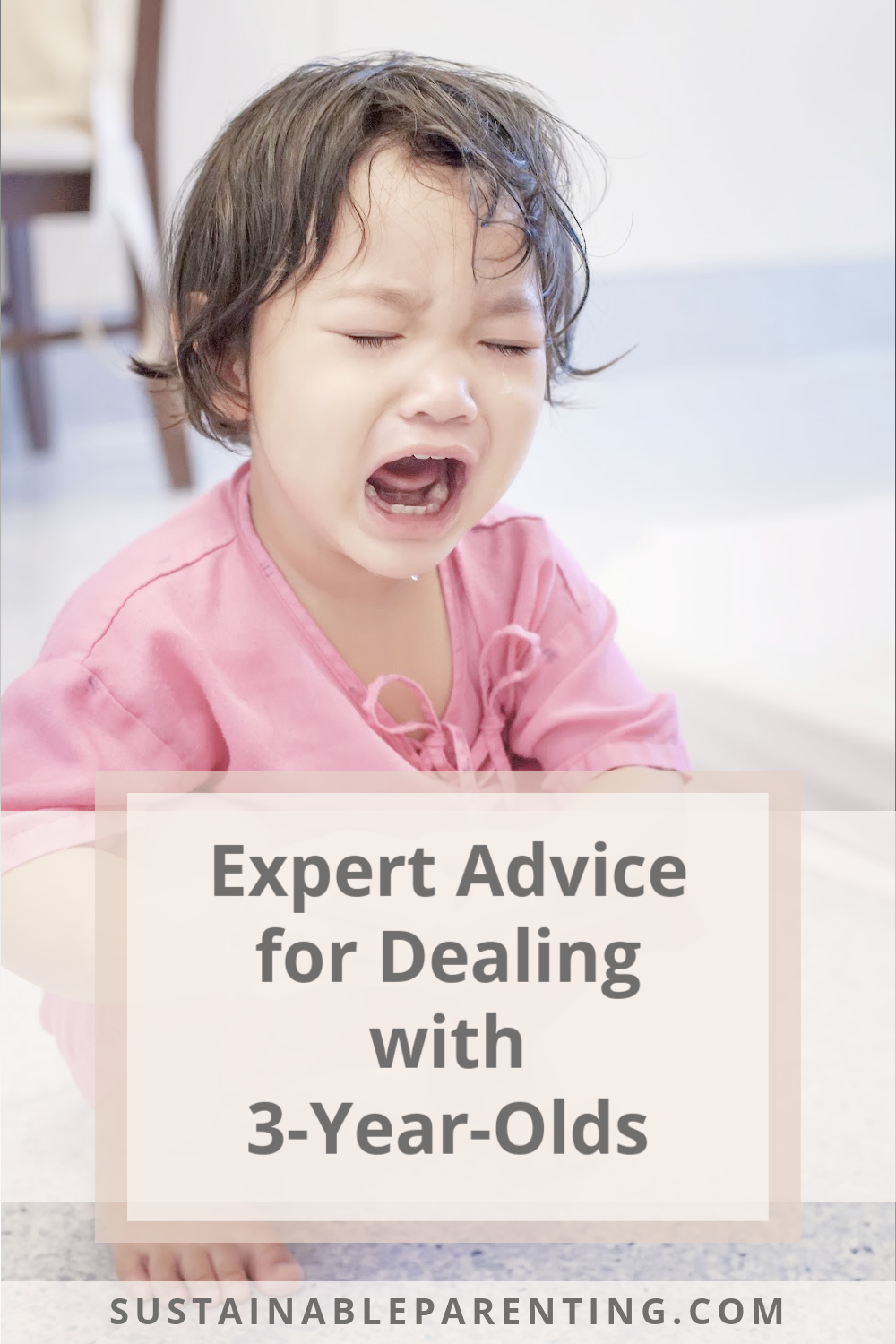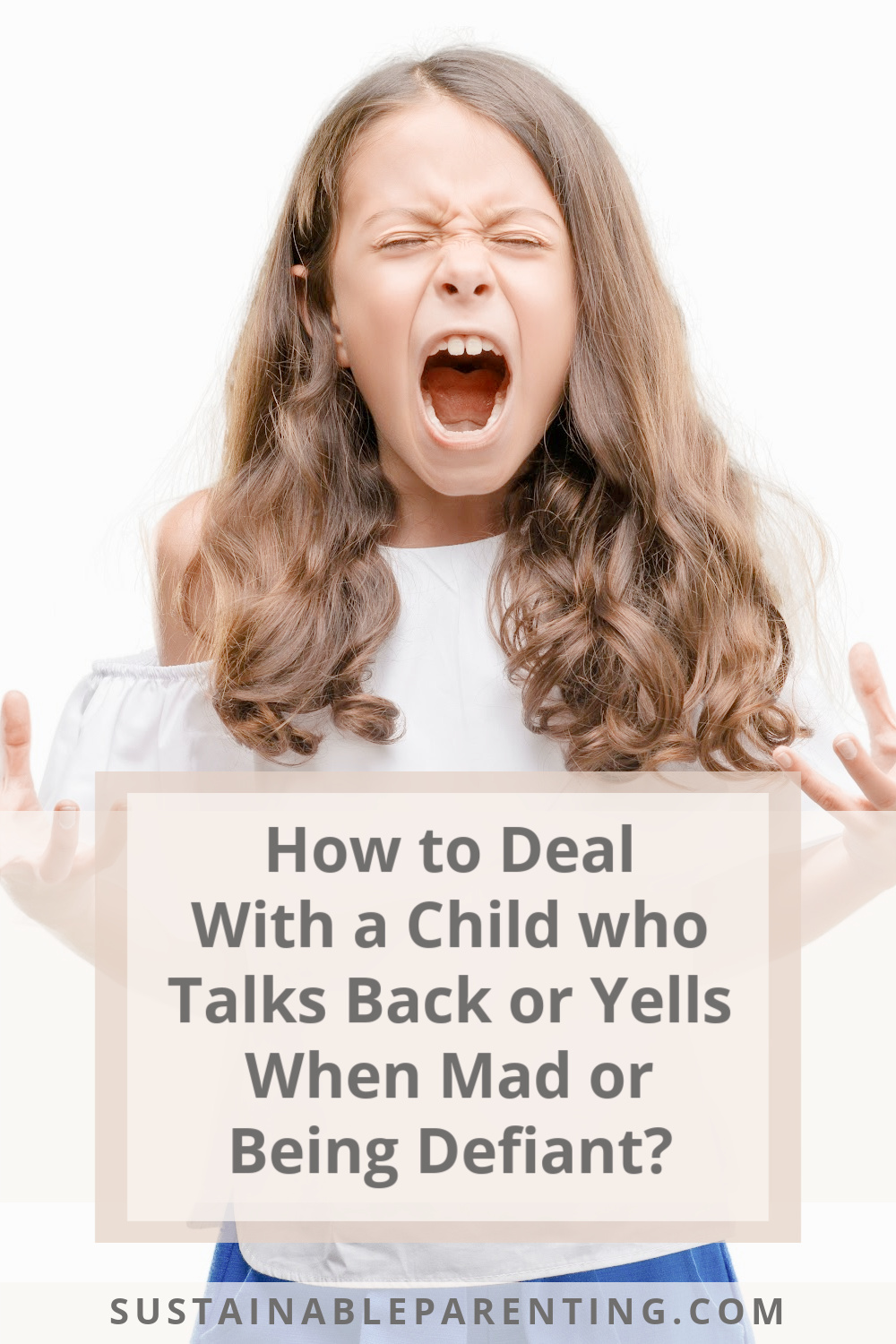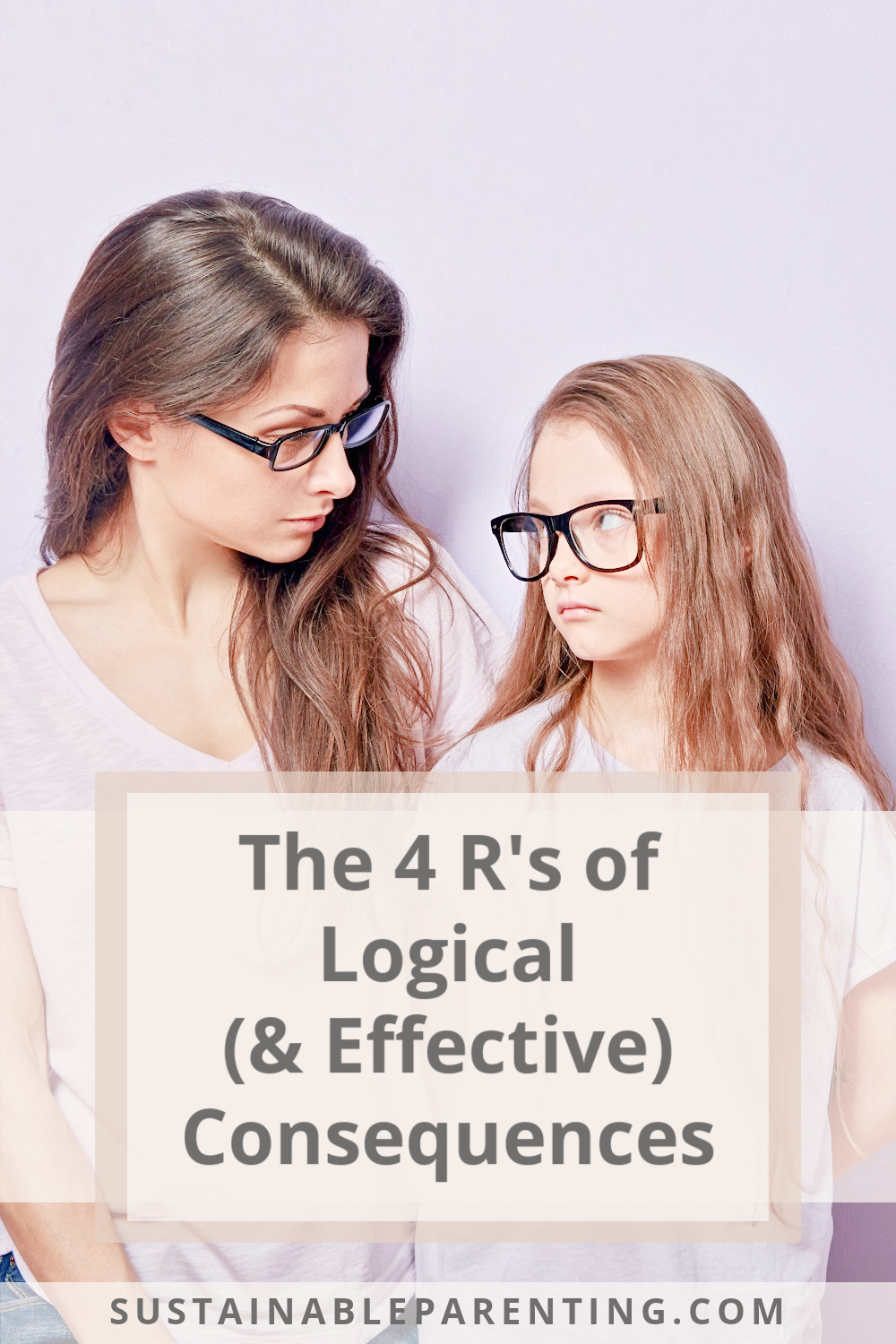Decoding How to Unstuck Your Upset Child
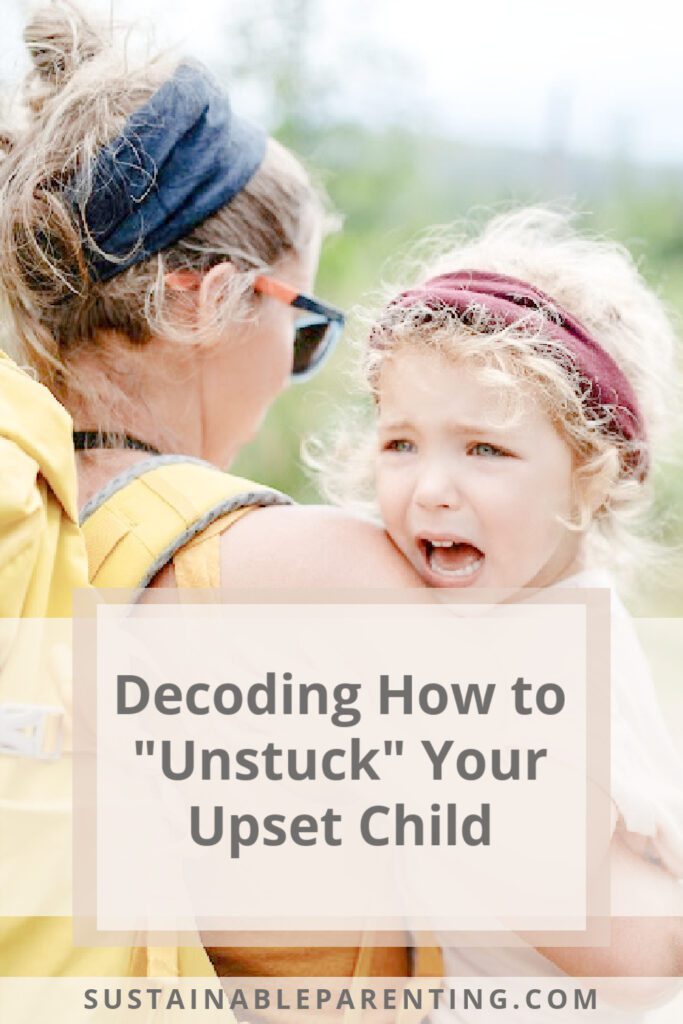
Transitioning a child from “stuck” moments, where they resist entering a classroom or demand certain conditions, isn’t easy. If you find yourself grappling with these red-zone scenarios and desire to guide your 7-year-old toward more adaptable behavior, you’re not alone. In this article, we’ll explore strategies on how to unstuck your upset child and make a shift from moments of resistance to a calmer, more flexible state.
3 Key Steps to improve school drop-off:
1. Teach
Outside of the transition time, make a plan in advance of how the goodbye will happen. You can include things like holding hands as you walk to the door, squeeze hug to the count of 10, kiss on his hand – so he can put that hand up to his heart or cheek anytime in the day and get a kiss from you (this especially helps younger kids), secret goodbye handshake, etc. Have a plan that is simple and clear, and can be repeated by anyone who does his drop-off.
2. Practice
This is often the most foreign, but most effective strategy in this process because it helps the child to experience the positive behavior in their bodies. Put 2 dining room chairs in a line and role-play that you are at school, and it’s time to get out of the car. Walk through the plan you have made together, and do it with positive feedback: “That will be such a fun way to start the day, won’t it?” And if the child doesn’t feel positive during the practice phase, ask what else he may want to add to the routine, to really have his needs met. For example, my son at age 5 was nervous going to school, and I knew at home that he liked to rub the silky edge of his blank to self-soothe. So we found a similar feeling ribbon (in some random drawer of junk), and it worked as a blank replacement that he could have in his pocket and rub without any other kids knowing.
3. Follow-through. With 1 last 30-second hug, if needed.
This is often the hardest part, because when the child gets to school, starts the plan, and then begins to melt down, we are tempted to start into a lecture or say something like, “This is NOT what I need right now. Come on!” (Or is that just something I fall into? ok, yep. I figured I probably wasn’t alone). If you can resist that urge, instead offer 1 last silent 30-second hug (see below), then follow through on the rest of the plan and walk away with confidence. The child will likely feed off your confidence and even if they are crying, will move on within minutes, or have shorter and shorter upsets over future days.
As far as “unstucking” from moments where the child is in the red zone, here are 2 keys to help them get back to their wise, wonderful self. Connect with compassion, before you correct. I find many parents struggle in these moments, and do what I call “neck-up” parenting: trying to fix the problem with rationalizing or reasoning. However, when the child is in the red zone, they are not in a rational state. They are in an emotional state. And they likely need connection and compassion before they are willing to move on.
Key tools for connection in those moments:
1. Give a 30-second silent hug
It’s simple. I know. But has been the BEST tool to fix many red zones for families I work with. The trouble is, it requires silence. No talking, explaining, rationalizing how the situation is going to “be fine”. Just silence. And hold for 30 seconds.
2. Name it to tame it
“You seem…(feeling word), and then PAUSE.” The pause is the most important part (& often foreign for parents). Often the emotional child is looking for help to organize their feelings.
3. Low & Slow
Use s-l-o-w… m-o-t-i-o-n… t-a-l-k-i-n-g, to help the child soothe from the “red zone” to the green. With kids who may resist a hug when they are upset, this is a really effective kind of invisible hug. It offers a soothing energy to the moment, by you simply talking as slowly as you can, in a low voice, and not focusing on anything besides asking them to just pause for a moment, before going back to the thing you are asking them to do. In this pause, we can recommend a few slow breaths, a hug, or taking space to calm down.
—————————————
If you’d like more personalized guidance, contact Flora today.
Click here to view the full article in Montana Parent Magazine.
Flora McCormick, LCPC is a parenting coach of over 10 years, who supports to families in Bozeman & across the country. Learn more in her FREE Facebook community: Sustainable Parenting, or on Instagram: Sustainable_Parent_Coach. Questions for the next issue can be submitted to contactflora@gmail.com.
